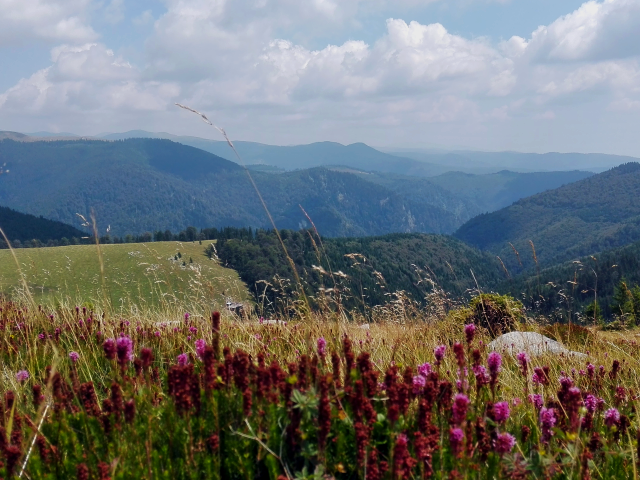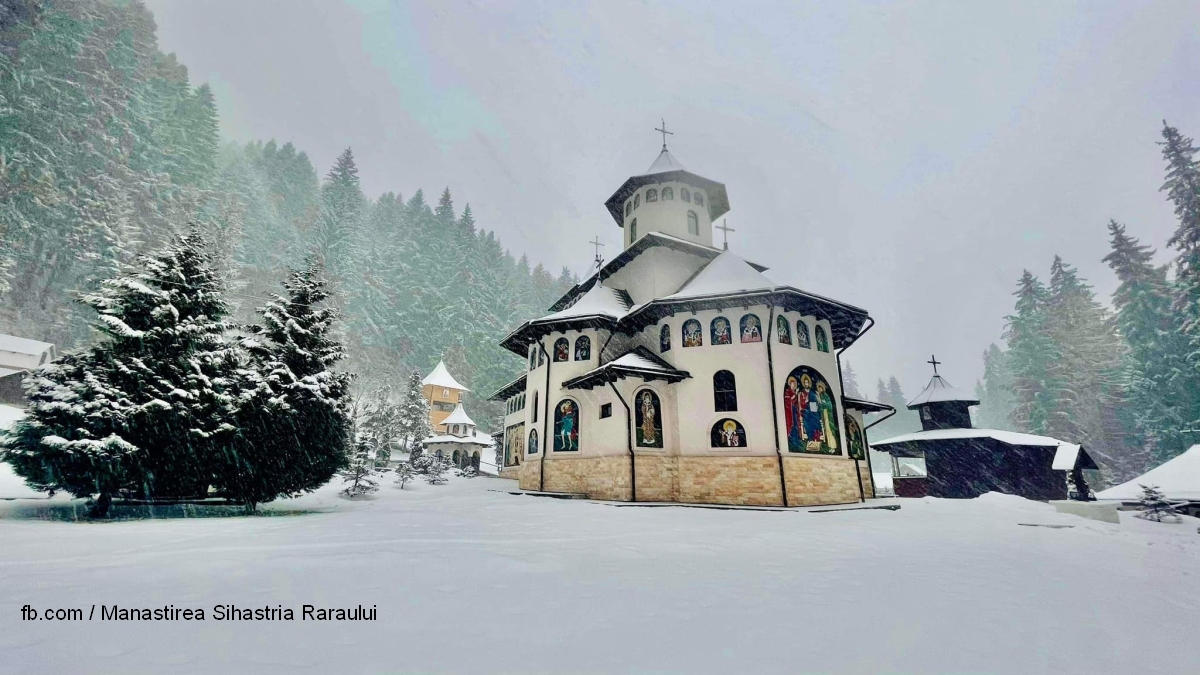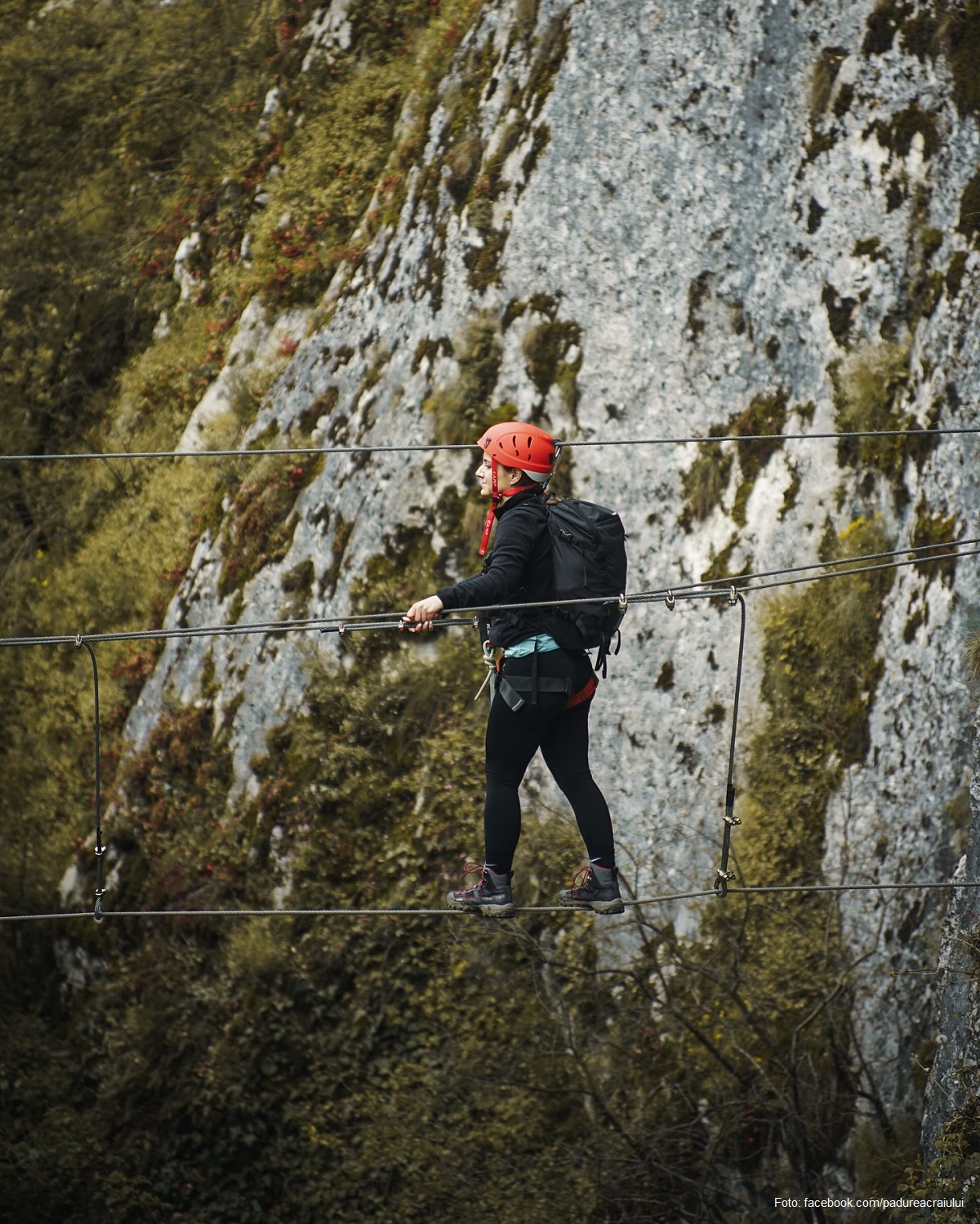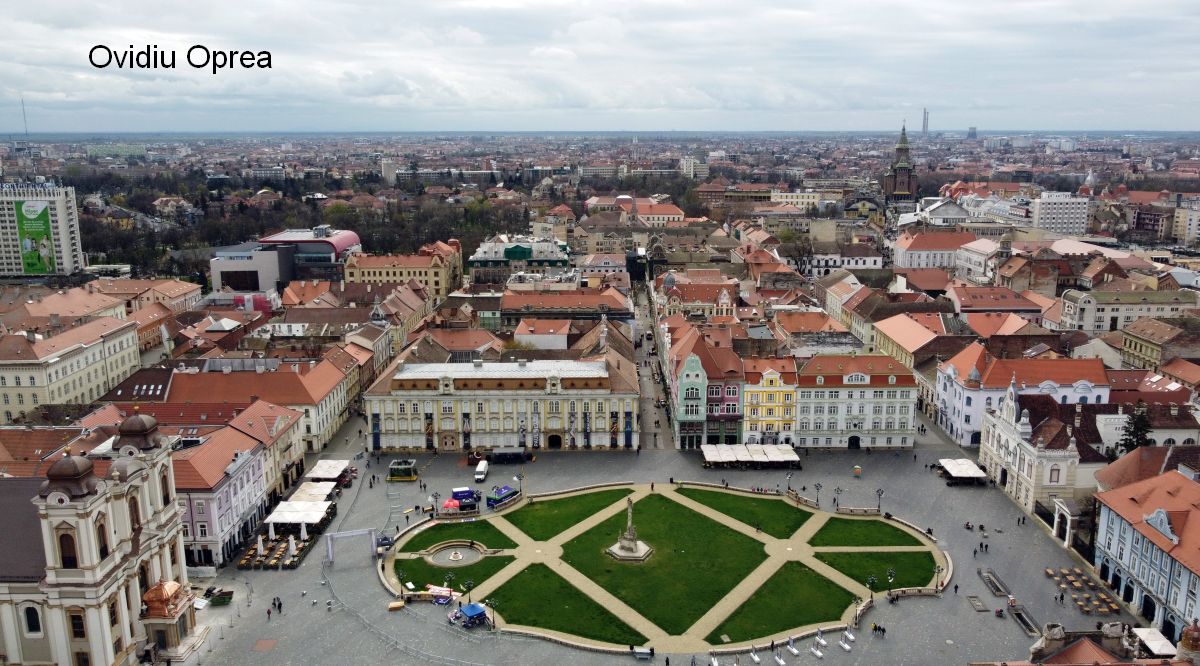Tourist attractions in Gorj county
Gorj County lies in south-western Romania, along the course of Jiu River. Gorj County awaits you every season with adventure, rural and mountain tourism offers. There are also religious and cultural tourism offers in Gorj County. The Parang Mountains, located in the northern part of the county, are attracting tourists due to the glacier lakes, the spectacular gorges and the steep slopes there, with sink holes and caves listed as nature monuments.

Daniel Onea, 18.04.2019, 13:46
Gorj County lies in south-western Romania, along the course of Jiu River. Gorj County awaits you every season with adventure, rural and mountain tourism offers. There are also religious and cultural tourism offers in Gorj County. The Parang Mountains, located in the northern part of the county, are attracting tourists due to the glacier lakes, the spectacular gorges and the steep slopes there, with sink holes and caves listed as nature monuments.
Oana Palos is a spokesperson for the Gorj County Council. She tells us why Gorj County has a tremendous tourist potential: ”Since the county boasts a mountain area, tourists can find lots of opportunities to practice adventure tourism here, all year round. Ranca resort is a popular tourist destination, especially in winter. Here tourists can practice skiing, climbing, hang gliding and snowboarding. Rafting, is, however, the most popular sport in Gorj county.”
The rafting season on the Jiu valley usually starts in April and may last until early October, provided the temperature is good. Those who are into rafting may find very affordable packages, along a very spectacular canyon. The river bed is very narrow and the river flows through the high rocks. Every race on the river is an unforgettable adventure. For instance, for two or three hours, along a 15-kilometer route, you must pay 220 Lei, that is 46 Euro. The fee includes training, licensed guides, equipment and the personalized photos. No previous practice is required. Adventure tourism is not the single point of interest when it comes to Gorj County, according to spokeswoman for Gorj County Council, Oana Palos.
”We may also speak about monastic, leisure or cultural tourism. Monastic tourism is extremely diverse, since the county boats a number of monasteries built in the previous centuries. As regards cultural tourism, Gorj County has a very important destination — the county capital Targu Jiu. Her you can find the Heros’ Pathway monumental compound, the work of the world-famous sculptor Constantin Brancusi. We also have a city break offer in Targu Jiu. The county’s cultural agenda is very carefully thought out. On each month of the year tourists can visit the beautiful places in Gorj county, can enjoy the local cuisine and can also interact with us through the annual events we hold here. For instance, the summer months are rich in traditional festivals. I should like to mention the International Folk Festival, held in early August every year that enjoys the presence of many foreign guests. International folk costume parades are also held every year in Targu Jiu. “
Archdeacon Ionita Apostolache, a spokesman for the Eparchial Centre in Craiova, gives us details about the beautiful monasteries in the county: “Gorj county boasts the oldest Orthodox monasteries in Romania. We start with Tismana monastery, erected in the 14th century. It is located in a beautiful area and is a destination for those who want to pray but also to enjoy the beauty of nature. The wild chestnut trees surrounding the monastery are also worth seeing. Near the monastery, the National Mint Museum was erected, that hosted Romania’s treasury during WW1.”
The church inside the monastery is surrounded by strong walls, with access being made through a huge wooden gate. The monastery is over six centuries old, and the first pages were written by a monk named Nicodim. He built the monastery but did not decorate the interior walls, which he only painted in one color and used floral and geometrical motifs. The second painting of the church was made in the 18th century, after it had been vandalized and set on fire. This post-Byzantine painting dates back to 1733 and was made by painter Dimitrie Diaconu. “
We continue our trip alongside Archdeacon Ionita Apostolache: “The second monastery worth mentioning in this context is the Polovragi Monastery. Tourists are invited to admire the wonderful landscape and also the beauty of the Brancovenesc style of the monastery. The painting here is quite unique. The third one is Lainici monastery, located on the Jiu Gorges, which connects the area to Transylvania. This monastery had a very important role in the inter-war period, when the monks here actively supported the preservation of the Romanian spirit and the promotion of the Orthodox traditions and values. Every monastery has a guide that can present all the details in an international language. There are also museums that add to our heritage. In Tismana, for instance, there is a museum displaying very old objects, unique in Romania. From here, tourists can be directed towards the less known areas. In Tismana, at an altitude of 1 thousand meters, there are the Cioclovina de Sus and Cioclovina de Jos monasteries, accessible on foot. Details about this trip can be obtained from the nuns at the Tismana monastery.”
Gorj County is also worth visiting for its spa centers, especially the ones in Sacelu resort, mentioned by documents since Roman times. Another attraction is Transalpina road, the highest-altitude road in Romania.






























